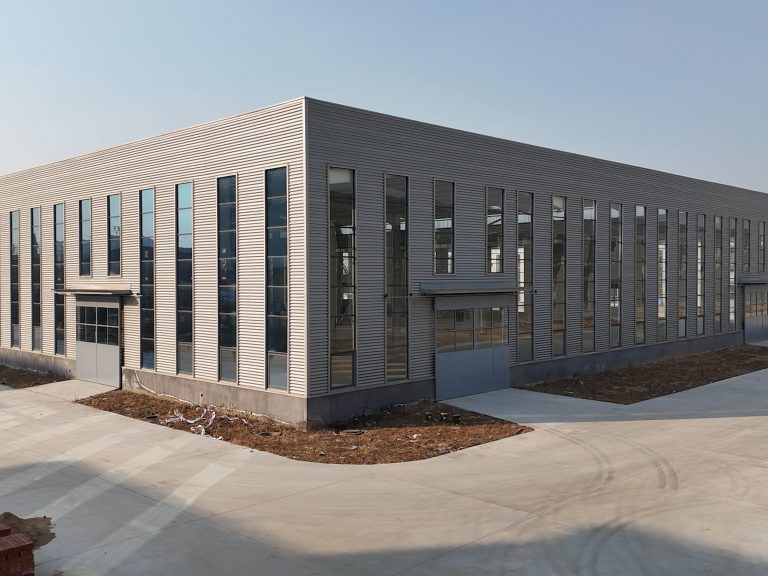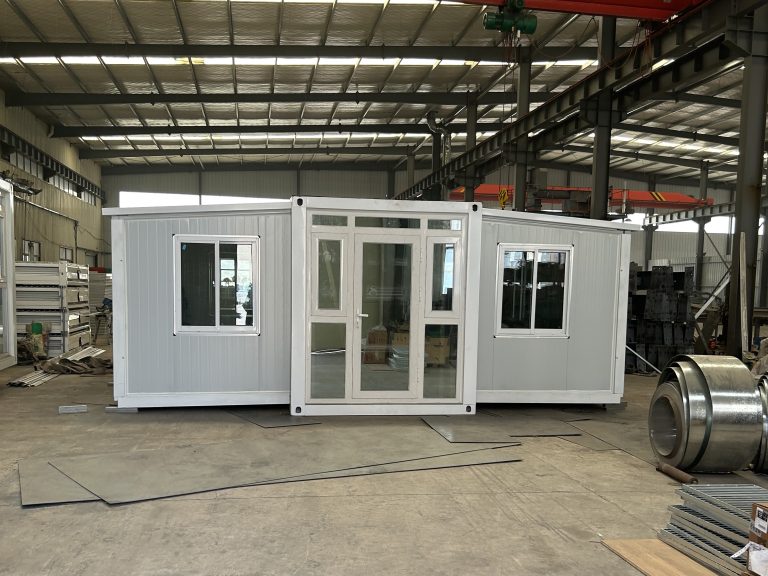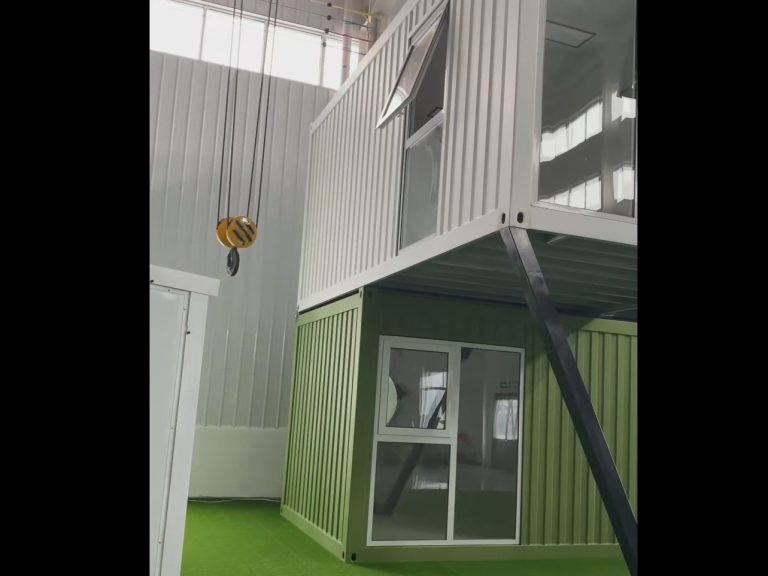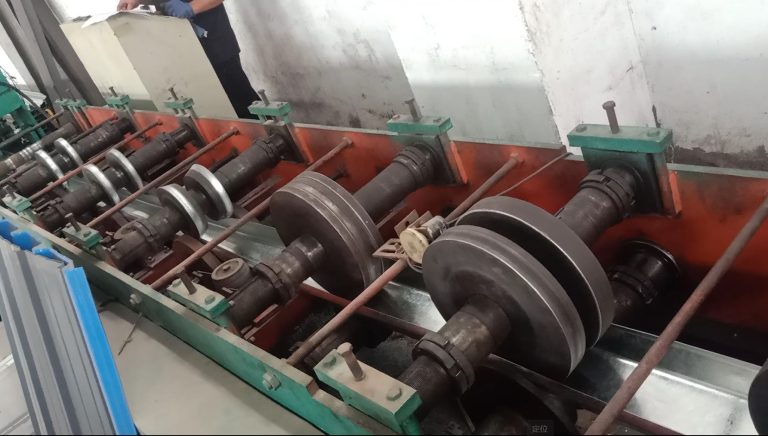Table of Contents
Sustainable Design Strategies for Steel Structure Buildings
Design practice and innovation play a crucial role in the development of sustainable steel structure buildings that meet near zero energy building standards. As the demand for energy-efficient and environmentally friendly buildings continues to grow, architects and engineers are constantly seeking new ways to improve the design and construction of steel structures. By incorporating innovative design practices and technologies, it is possible to create buildings that not only reduce energy consumption but also minimize their environmental impact.
One of the key considerations in the design of steel structure buildings is the use of sustainable materials. Steel is a highly versatile and durable material that is commonly used in construction due to its strength and flexibility. However, the production of steel can have a significant environmental impact, as it requires large amounts of energy and resources. To address this issue, designers are increasingly turning to recycled and locally sourced steel, as well as exploring alternative materials such as bamboo and timber.
In addition to using sustainable materials, designers are also focusing on improving the energy efficiency of steel structure buildings. This can be achieved through a variety of design strategies, such as optimizing the building’s orientation to maximize natural light and ventilation, incorporating high-performance insulation and glazing systems, and utilizing renewable energy sources such as solar panels and wind turbines. By reducing the building’s energy consumption, it is possible to achieve near zero energy status and minimize its carbon footprint.
Another important aspect of sustainable design is the integration of green technologies and systems into steel structure buildings. This includes the use of smart building automation systems to monitor and control energy usage, as well as the implementation of green roofs and walls to improve insulation and reduce heat gain. By incorporating these technologies, designers can create buildings that are not only energy-efficient but also provide a healthier and more comfortable indoor environment for occupants.
Furthermore, the design of steel structure buildings must also consider the life cycle of the building, including its construction, operation, and eventual demolition. By adopting a cradle-to-cradle approach, designers can minimize waste and maximize the reuse and recycling of materials. This can be achieved through the use of modular construction techniques, which allow for easy disassembly and reassembly of building components, as well as the incorporation of sustainable building practices such as passive design and water conservation.
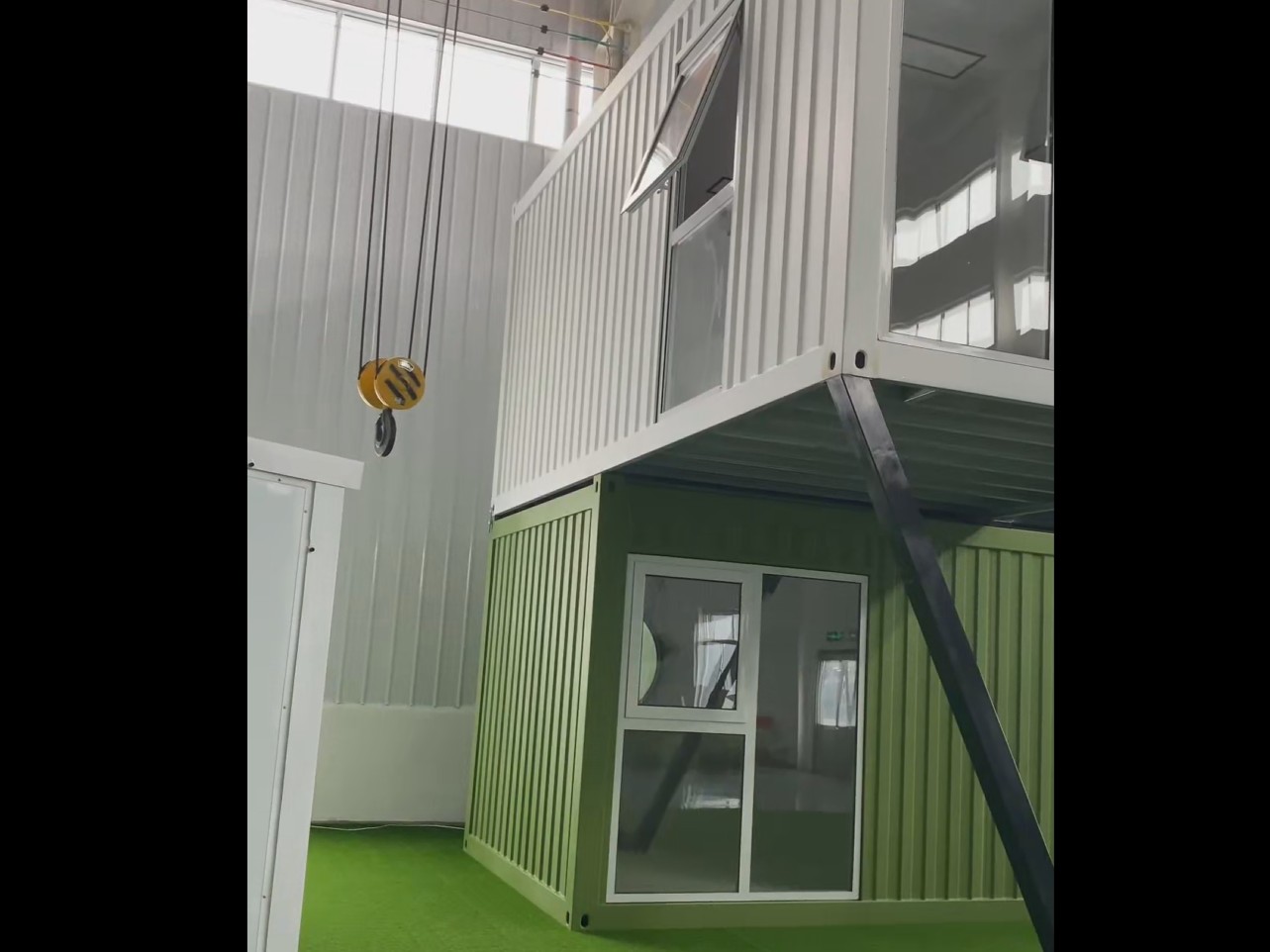
Overall, the design practice and innovation of steel structure buildings under near zero energy building standards require a holistic approach that considers the environmental, social, and economic impacts of the building. By incorporating sustainable materials, improving energy efficiency, integrating green technologies, and considering the building’s life cycle, designers can create buildings that not only meet near zero energy standards but also contribute to a more sustainable built environment. Through collaboration and innovation, it is possible to push the boundaries of design and construction to create buildings that are not only beautiful and functional but also environmentally responsible.
Implementing Innovative Technologies in Steel Structure Building Design
Design practice and innovation in steel structure building have become increasingly important in the construction industry, especially with the growing emphasis on sustainable and energy-efficient buildings. One of the key standards that has been driving innovation in this area is the near zero energy building standard, which aims to significantly reduce energy consumption and carbon emissions in buildings. In this article, we will explore how design practices and innovations in steel structure building are being implemented to meet the requirements of this standard.
One of the key challenges in designing steel structure buildings under the near zero energy building standard is achieving a high level of energy efficiency while maintaining structural integrity and safety. To address this challenge, designers are incorporating a range of innovative technologies and design practices into their projects. One such innovation is the use of advanced insulation materials and techniques to improve the thermal performance of the building envelope. By reducing heat loss through the walls and roof, designers can significantly reduce the energy required for heating and cooling, leading to lower energy bills and reduced carbon emissions.
Another important aspect of designing steel structure buildings under the near zero energy building standard is the integration of renewable energy systems. Solar panels, wind turbines, and geothermal heat pumps are just a few examples of renewable energy technologies that can be incorporated into the design of a building to generate clean, sustainable energy on-site. By harnessing these renewable energy sources, designers can further reduce the building’s reliance on fossil fuels and minimize its environmental impact.
In addition to energy efficiency and renewable energy, designers are also focusing on improving indoor air quality and comfort in steel structure buildings. This includes the use of natural ventilation systems, daylighting strategies, and low-VOC materials to create a healthy and comfortable indoor environment for occupants. By prioritizing occupant well-being, designers can create buildings that not only meet the requirements of the near zero energy building standard but also enhance the overall quality of life for those who live and work in them.
One of the key advantages of steel structure buildings is their flexibility and adaptability, which allows for innovative design solutions to be implemented more easily. For example, modular construction techniques can be used to prefabricate building components off-site and assemble them quickly on-site, reducing construction time and waste. This not only improves the efficiency of the construction process but also allows for greater design flexibility and customization, enabling designers to create unique and innovative buildings that meet the specific needs of their clients.
As the demand for sustainable and energy-efficient buildings continues to grow, the importance of design practice and innovation in steel structure building will only increase. By incorporating advanced technologies, renewable energy systems, and sustainable design practices into their projects, designers can create buildings that not only meet the requirements of the near zero energy building standard but also push the boundaries of what is possible in terms of sustainability and innovation. With a focus on energy efficiency, renewable energy, indoor air quality, and occupant comfort, steel structure buildings have the potential to lead the way in sustainable building design for years to come.


